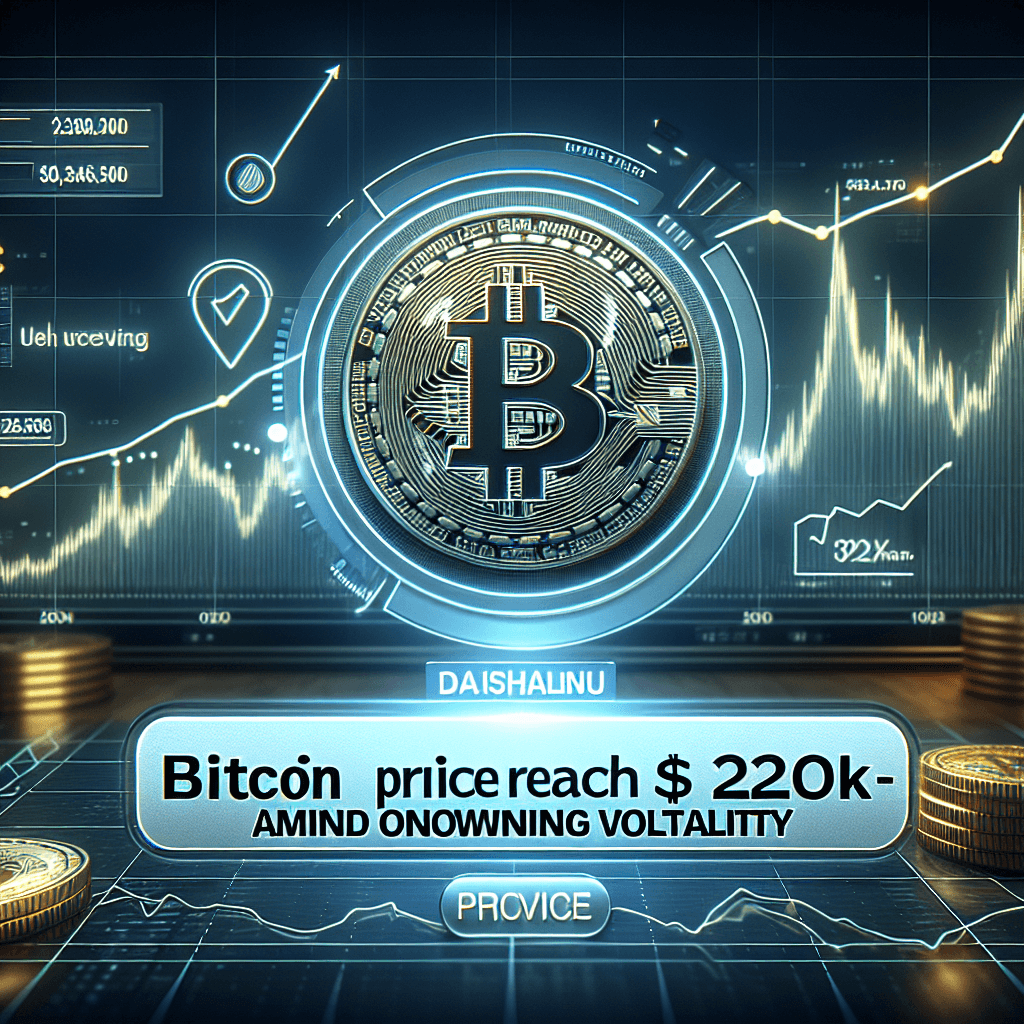Bitcoin Price May Reach $220K-$330K Amid Ongoing Volatility

Key takeaways:
Bitcoin researcher Sminston With projects BTC may gain 100% to 200%, targeting $220K-$330K based on a 365-day SMA power law model (R²=0.96).
On-chain indicators, including long-term holder spent volume and declining exchange reserves, highlight potential profit-taking and sustained volatility.
Institutional flows into spot BTC ETFs, robust network fundamentals, and derivative metrics further inform market sentiment and risk dynamics.
In a recent post on X, analyst Sminston With presented a logarithmic chart overlaying Bitcoin’s 365-day simple moving average (SMA) with a power law fit (y = a·t^b, R²=0.96), revealing that BTC historically exceeds the trendline by 2–3× during cycle peaks. With BTC trading around $110,000 as of May 27, the model forecasts a possible cycle top between $220,000 and $330,000. This approach differs from exponential stock models by assuming a non-random, scale-invariant growth pattern.
The second plot displays price deviation from the power law trend, indicating that cyclical volatility has not decayed exponentially. Rather, peaks have remained pronounced, underscoring BTC’s persistent volatility dynamics.
Advanced On-Chain Metrics
On-chain data from Glassnode and CryptoQuant reveal key supply-side dynamics. Long-term holders (LTHs) spent over $4.02 billion in BTC transfers, the largest movement by 1–5 year cohorts since Feb 2025. Spent volume often aligns with local tops, suggesting profit-taking behavior when the Spent Output Profit Ratio (SOPR) exceeds 1.0. Meanwhile, exchange reserves have dropped below 2.1 million BTC, tightening exchange supply and potentially amplifying volatility as demand outstrips on-exchange liquidity.
Institutional and Derivative Market Sentiment
Institutional appetite remains strong, with spot Bitcoin ETFs seeing net inflows exceeding $200 million last week, per Bloomberg data. Futures markets show open interest above $15 billion and a slight positive funding rate (~0.01% daily), indicating bullish leverage. Options markets exhibit a 30-day put/call skew of ~5%, suggesting measured demand for downside protection amid upside bias.
Network Fundamentals and Hashrate Trends
Bitcoin’s network hash rate recently reached a new all-time high above 650 EH/s, supporting increased network security. The average block time has stabilized around 9.5 minutes post the May 28 difficulty adjustment (+3.2%), reflecting healthy miner throughput. A growing mempool size, averaging 200 MB over the past week, points to increased on-chain activity and fee pressure, reinforcing the narrative of robust network usage.
Dips Below $108K as LTHs Move $4.2 Billion in BTC
BTC briefly slid under $108,000 following an LTH spending surge. The 3–5 year cohort accounted for $2.16 billion of spent volume, while 2–3 year and 1–2 year cohorts added $1.41 billion and $450 million respectively. Historically, such upticks in LTH spending precede pullbacks, pressuring price ranges. However, if exchange inflows remain muted, sellers may face insufficient liquidity, leading to sharp swings rather than steady declines.
Risk Management and Hedging Strategies
Given BTC’s persistent volatility, market participants are employing delta-neutral strategies and tail hedging. Institutional desks report elevated demand for far-OTM put options with expiries in Q4 2025, with implied volatilities trading at a ~3-point premium to calls. Traders are also utilizing inverse ETFs and bitcoin-linked structured products to manage drawdown risks while maintaining exposure to potential upside.
Expert Outlook and Caveats
Sminston With warns that his analysis is based on four historical cycles and should be approached with caution. Macro factors such as Federal Reserve policy, regulatory developments, and global liquidity conditions can materially affect outcomes. As always, past performance does not guarantee future results, and investors should calibrate position sizes accordingly.
This article does not contain investment advice or recommendations. Every investment and trading move involves risk, and readers should conduct their own research when making a decision.